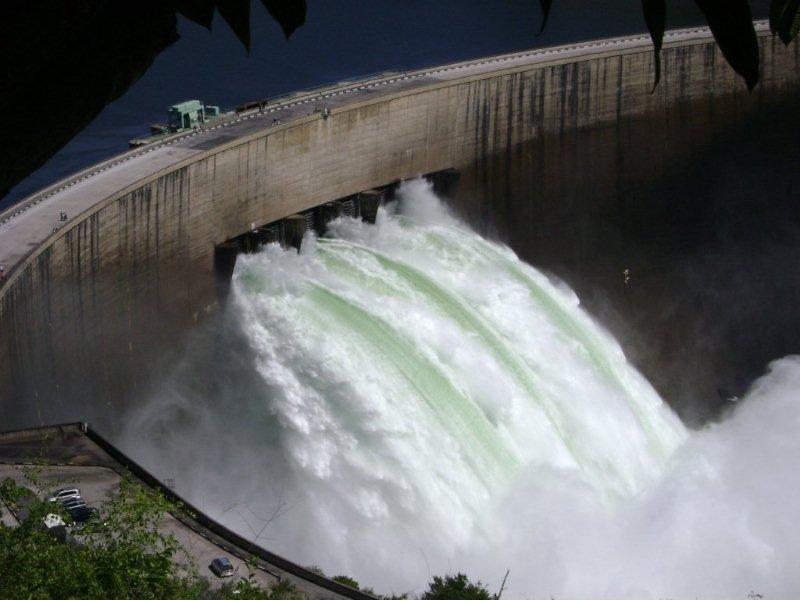
The Sunday Mail

THE last time Munandi Siatambika remembers Lake Kariba being this empty was 20 years ago.

kariba dam hydro electric
As the world’s largest man-made reservoir dries, the economic fortunes of Zambia continue to fall.
“The situation is quite serious, looking at the rate the water level is going down,” Siatambika, a 35-year-old tour guide at a lodge in Sinazongwe on the northern lake shore said in an interview.
“It’s likely to be even worse than in 1995.”
The Southern African nation, the second-biggest copper producer on the continent, typically generates almost half of its electricity output from a hydropower plant at Kariba.
The power shortage is deepening an economic crisis as President Edgar Lungu’s government struggles to cope with a plunge in metal prices, a widening budget deficit and a collapse in the nation’s currency.
Kariba is the world’s biggest man-made reservoir by volume, straddling the Zambia-Zimbabwe border and supplying about 1 830MW of power to the two nations when running at full capacity.
The dam was 40 percent full on July 19, less than half what it was a year ago, according to official data.
Fed by the Zambezi River, the reservoir is 226km long and as wide as 40km.
Zambia’s state-owned utility Zesco Ltd has already asked mining companies including Glencore Plc and Vedanta Resources Plc to curb power demand by 30 percent, reducing output from an industry that makes up about 12 percent of the economy.
Assets Abandoned
“A drought-related power crisis in Zambia will further erode the near-term fiscal and growth outlook,” Clare Allenson, an Africa analyst at Eurasia Group in Washington, said in an e-mailed reply to questions.
Power rationing “will undermine economic activity not only in mining, but more broadly, driving lower revenue collection”.
Investors are starting to abandon Zambian assets, once a favoured bet because of the nation’s stable political environment and average economic growth of 6,8 percent a year in the past decade.
The kwacha has plunged 20 percent against the US dollar this year, while the government sold its third global bond last month at a yield of 9,38 percent, the most ever for an African issuer in the Eurobond market.
In June, Finance Minister Alexander Chikwanda cut his forecast for economic growth this year to 5,8 percent from more than seven percent, a month before the start of eight hours a day of power rationing.
Taking electricity reductions into account, expansion could be four percent or slower this year, said Mushiba Nyamazana, an economics research fellow at the University of Zambia.
That would be the lowest level since 2000, just as the country was completing privatisation of its copper mines and the industry was on the cusp of a boom.
Mining Impact
It’s still too early to predict the exact toll that reducing power will take on mining production, although “it’s bound to be serious”, Situmbeko Musokotwane, who served as finance minister from 2008 until 2011, said by phone.
Copper prices have fallen 18 percent in London since January.
“The accumulation of risk factors threaten the viability of mining operations,” said Irmgard Erasmus, a NKC African Economics economist in Paarl, South Africa. “While miners are globally struggling with price shocks, the high costs of doing business and policy risk in Zambia could ultimately result in further mine closures and suspension of expansion plans.”
Zambia will enter its hottest months in October and November, said Siatambika, and even when the weather turns wet, which it normally does in late November, there’s no certainty the water level will be restored immediately. After “1995, the water stayed low for three or four years” he said, standing on a sandbank on Lake Kariba and looking out into the afternoon sunlight. “It didn’t just come back.”



